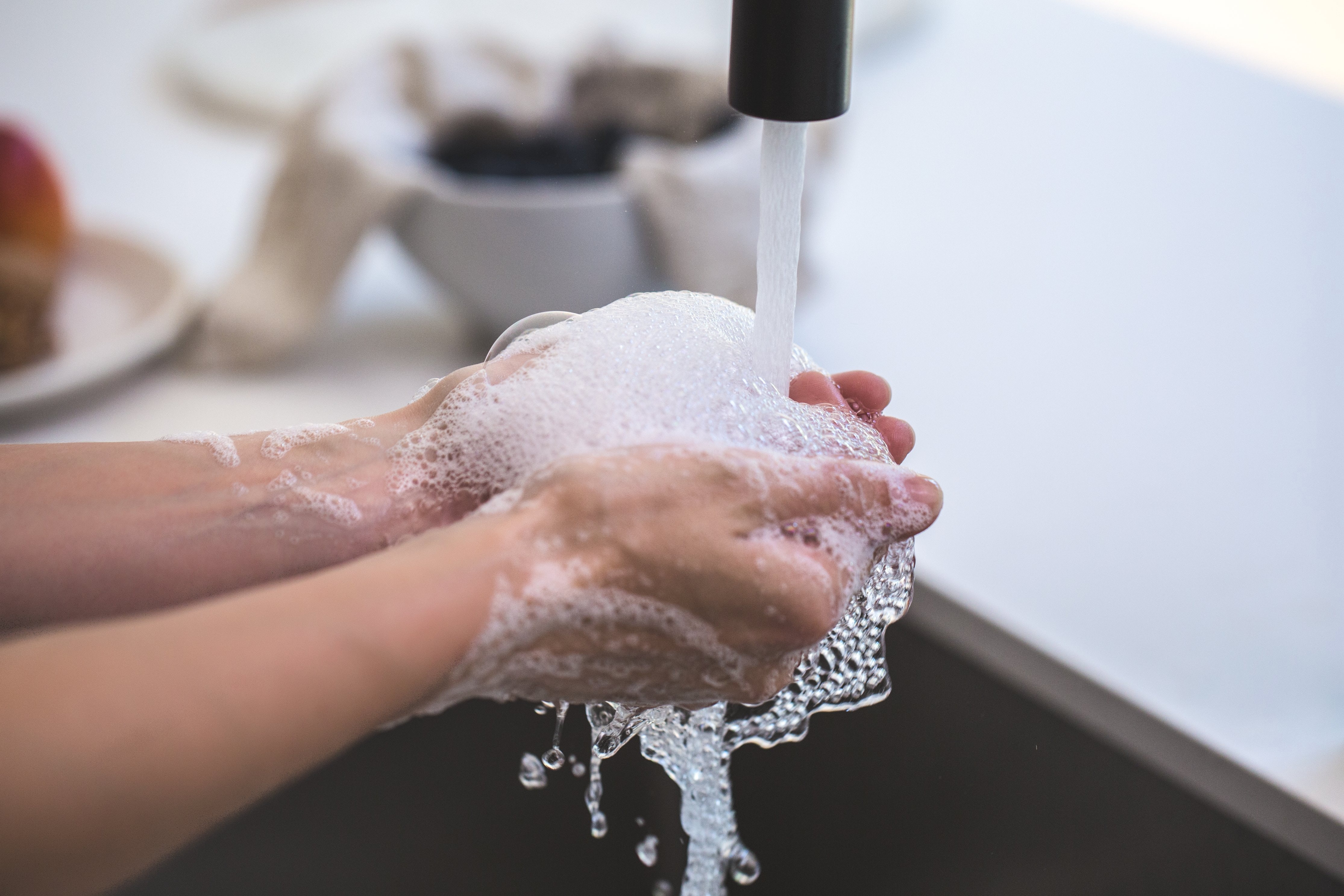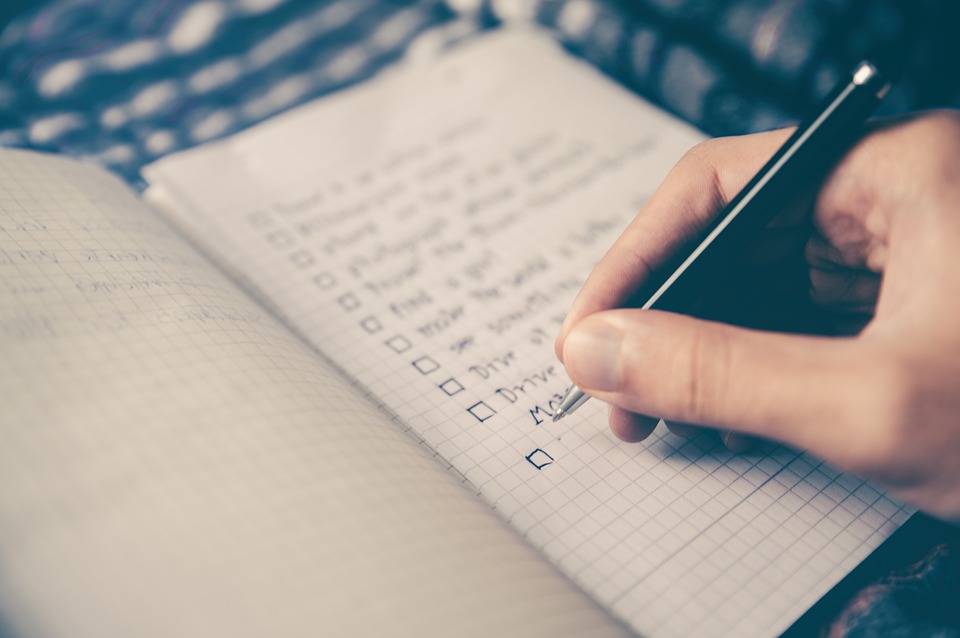According to the CDC, it is likely that the flu and COVID-19 will both spread this flu season which could cause healthcare systems to be overwhelmed treating patients with the flu and COVID-19. That is why getting the flu vaccine during this flu season is more important than ever. Below is a list of the top 5 reasons to get the flu vaccine during the 2020-2021 flu season.
The flu vaccine can prevent you from getting sick with the flu.
- The vaccine prevents millions of illnesses and flu-related doctor visits each year.
The flu shot can reduce the severity and the number of days you are sick.
- According to the CDC, “A 2017 study showed that flu vaccination reduced deaths, intensive care unit (ICU) admissions, ICU length of stay, and overall duration of hospitalization among hospitalized flu patients” (What Are the Benefits of Flu Vaccination?, 2020).
The flu vaccine helps protect children and women during and after pregnancy.
- Vaccination reduces the risk of flu-associated acute respiratory infection in pregnant women by about one-half and it can significantly reduce a child’s risk of dying from the flu.
Getting vaccinated yourself may protect the people around you,
- including those who are most vulnerable to illness, like babies, the elderly, and people with chronic health conditions.
The sooner you get the flu shot the better.
- It is better to get vaccinated before flu begins spreading in your community because it takes about two weeks for the immune system to create the necessary antibodies to fight off the flu.
What are the benefits of flu vaccination? (2020, October 23). Centers for Disease Control and Prevention. https://www.cdc.gov/flu/prevent/vaccine-benefits.htm





